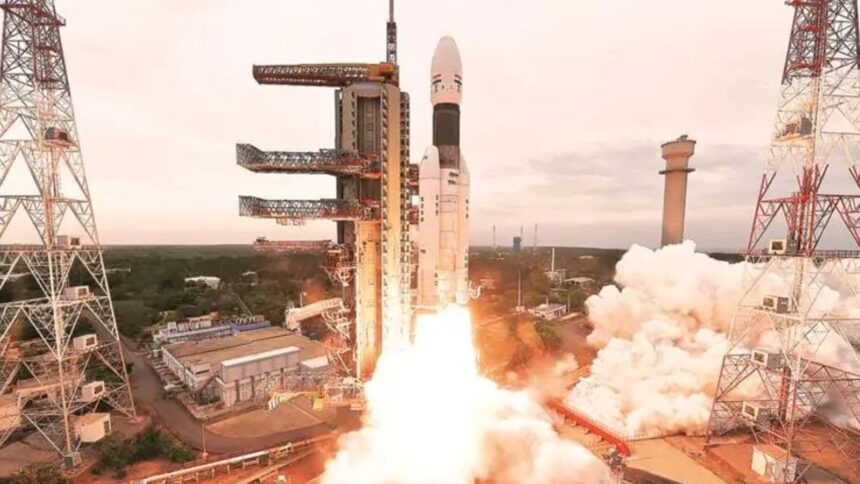ISRO will launch an earth observation satellite EOS-09 on-board its workhorse PSLV on Sunday (May 18) at 05:59 am from the country’s only spaceport at Sriharikota, a remote sensing satellite mission. This comes four months after the space agency’s 100th launch failed to put the navigation satellite NVS-02 in the intended orbit.
The EOS-09 satellite, with a mission life of five years, will have a Synthetic Aperture Radar (SAR) payload, capable of providing images of the earth in all weather conditions. The satellite, which is a repeat of EOS-04 launched in 2022, has been designed to improve the frequency of observations.
This is the second PSLV — after last December’s launch of Spadex mission — where the vehicle was assembled in ’s new Payload Integration Facility (PIF). This facility allows the integration of the launch vehicle in a separate facility, before being moved to the mobile launch tower for the lift-off, leaving the launch pad free for other launches. The facility was set up to free up the first-launch pad for an increased number of launches.
Sunday’s launch will see the satellite being injected into orbit just over 17 minutes after the lift-off. The satellite will be placed in a Sun-synchronous polar orbit, which means the satellite would pass over a given place at the same time every day.
Importantly, the satellite will carry fuel that will be reserved for de-orbiting it after the end of its mission-life. The orbit of the satellite will be lowered in a manner that it will enter the earth’s atmosphere and burn up within two years, making it a debris-free mission. In fact, the fuel on-board the fourth stage of the launch vehicle will also be removed in line with international guidelines. It is also recommended that stored fuel be removed from spacecrafts or upper stages of launch vehicles to ensure that there are no accidents that break up the satellite in space and create more debris.







